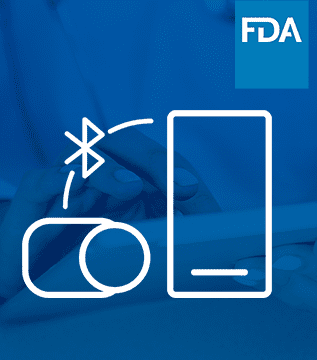
Article
Roundup: Bluetooth Medical Devices Cleared by FDA in 2024
This post was previously on the Pathfinder Software site. Pathfinder Software changed its name to Orthogonal in 2016. Read more.

I have to thank Tavi Scandiff-Pirvu for coining this expression as it relates to regulated software development. As long as you use industry standard methods, the FDA allows you to determine the rules that you are going to follow. If you want to have 15 exhaustive steps in order to build each piece of functionality the FDA will say, “Go do it. Just document each step as you go.” If you can reach the same quality in only 7 steps the FDA will say, “Go do it. Just document each step as you go. The FDA isn’t going to test your software in detail. They are going to test your process to ensure that you did what you said you were going to do. This may appear that the FDA is interested in the product but only the process! But, the FDA also wants to see (via documentation) that you built the product features you claimed you had.
The criminally minded will see an opportunity to claim they did more than they actually did via documentation, but in reality, do less work. However, there is a natural equilibrium via the market. If you cut steps you will likely pay for it in your product via poor quality and sales. In the end, the product has to work. Also, experience shows that it generally takes just as much time to design, create the documentation, necessary traceability and tracking support as to do the actual work. Inefficient? Slightly, but we are trying to sustain human life – not make a quick buck. It’s not just about the money. Finally, a big picture analysis shows that it is cheaper for everyone to document what you did rather than pay somebody from the FDA to be a part of your project on a daily basis.
Don’t cut corners, or change your process, once you define it just to save time and money!
My final thought is that in order to do good process design (the 7 step version vs the 15 step version) and thorough documentation you will need to know your organization and team well. You will also need to know the product well so that you don’t design a seemingly efficient process that is blind to the needs of the market the product will be launched in.
Sorry kids. Nobody ever said it was going to be easy.
Related Posts

Article
Roundup: Bluetooth Medical Devices Cleared by FDA in 2024

Article
Help Us Build an Authoritative List of SaMD Cleared by the FDA

Article
SaMD Cleared by the FDA: The Ultimate Running List

Article
Roundup: Bluetooth Medical Devices Cleared by FDA in 2023